Way back in 1957, Bresse chickens were the first food and the first chickens to be awarded the AOC, Appellation d’Origine Contrôlée and more recently, they received the AOP, Appellation d’Origine Protégée, accreditation. This AOP label is the European Union version of France’s AOC, Appellation d’Origine Contrôlée. It basically means the products with these labels protect a distinct cultural and gastronomic heritage, and have both the protected and controlled designations of origin.
The AOC award is the guarantee that the provenance is authentically bedded in Bresse and that the chicken has been reared according to the highest standards and importantly, that you can taste the terroir. The AOC status is the highest French food and wine certification with standards that are rigorously defined and controlled according to French law. A Bresse chicken must be raised in Bresse territory and bred according to traditional methods and with modern sanitary techniques.
The production of Bresse poultry is strictly controlled from the breed of the chicken, to the size of the coops, the free-range area of 10 square metres a chicken, its minimum lifespan of 4 months, the source of their food which must be grown in Bresse, the colour of the corn or maize they eat must be white, a special variety which ensures the whiteness of their skin and flesh and lastly how and where they are slaughtered. As France only exports 5% of its production, you will have to travel to France to enjoy and savour its taste.
There are three categories of the Poulet de Bresse. The Poulets: these chickens and hens spend their first 5 weeks in enclosed heated barns, then roam free-range for at least 9 weeks. At night they sleep in chicken houses with a minimum area of one square meter per 10 birds. The food they find in the field is supplemented with corn, grain and powdered milk mixture and water. Their last eight to fifteen days are spent in wooden cages, called épinettes, and they eat a diet of enriched food. Their target weight is between 1.5 to 3 kilograms. These are the chickens that predominantly grace your plate.
The second category is the Poulardes; these are five to six-month-old hens that have not attained sexual maturity. These chickens roam freely for eleven weeks and spend a few weeks in the épinettes.
The third category, the Chapons, are castrated chickens, who are the pride of Bresse, and regarded as the very best. Castrated when young, the Capon grows for nine months, enjoys 23 weeks of liberty to free-range and the final four weeks in the épinettes. The poulardes and the Capons are only produced at the festive times of Christmas and Easter.
Bresse chickens are a special breed, called the Bressan; they are renowned and prized for their quality, size, tenderness, plump white breasts, the taste of the ‘terroir’. With their red crests, white bodies, and blue legs they symbolise the tricolours of the French flag and are regarded as an emblem of France.
The Bresse climate is ideal for breeding poultry plus for the growing of maize and wheat, the preferred diet of these special chickens.
- The ubiquitous market roast chickens
- Bresse chickens ready for the pot
- Typical Bressan Burgundian tiled roof

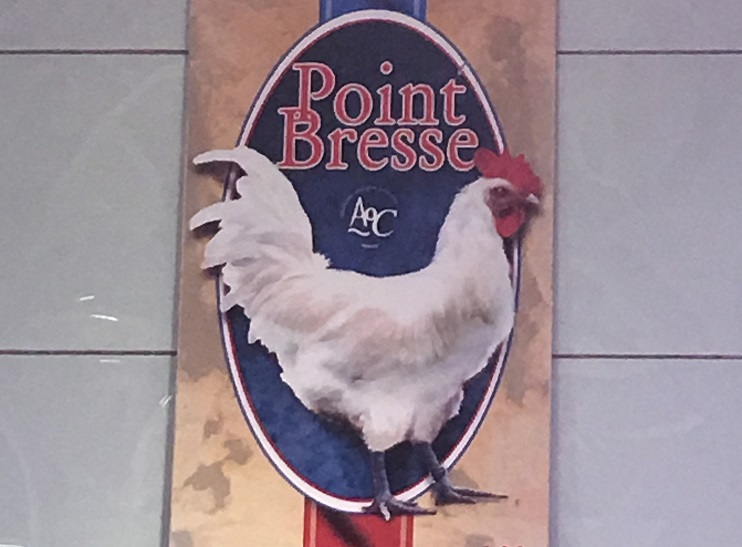

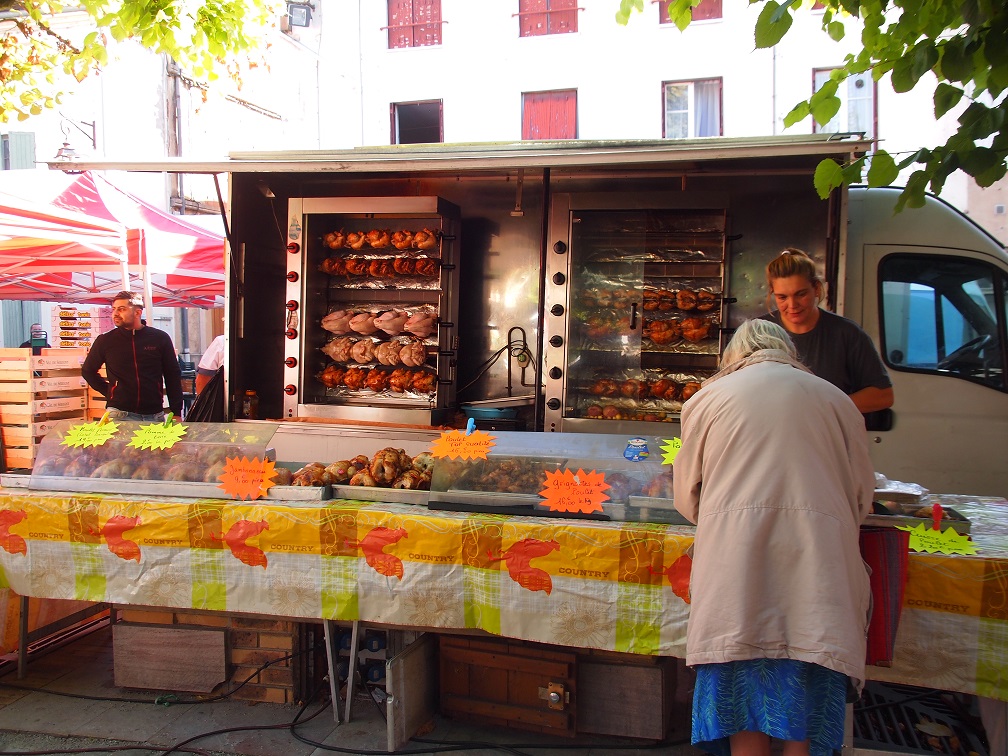
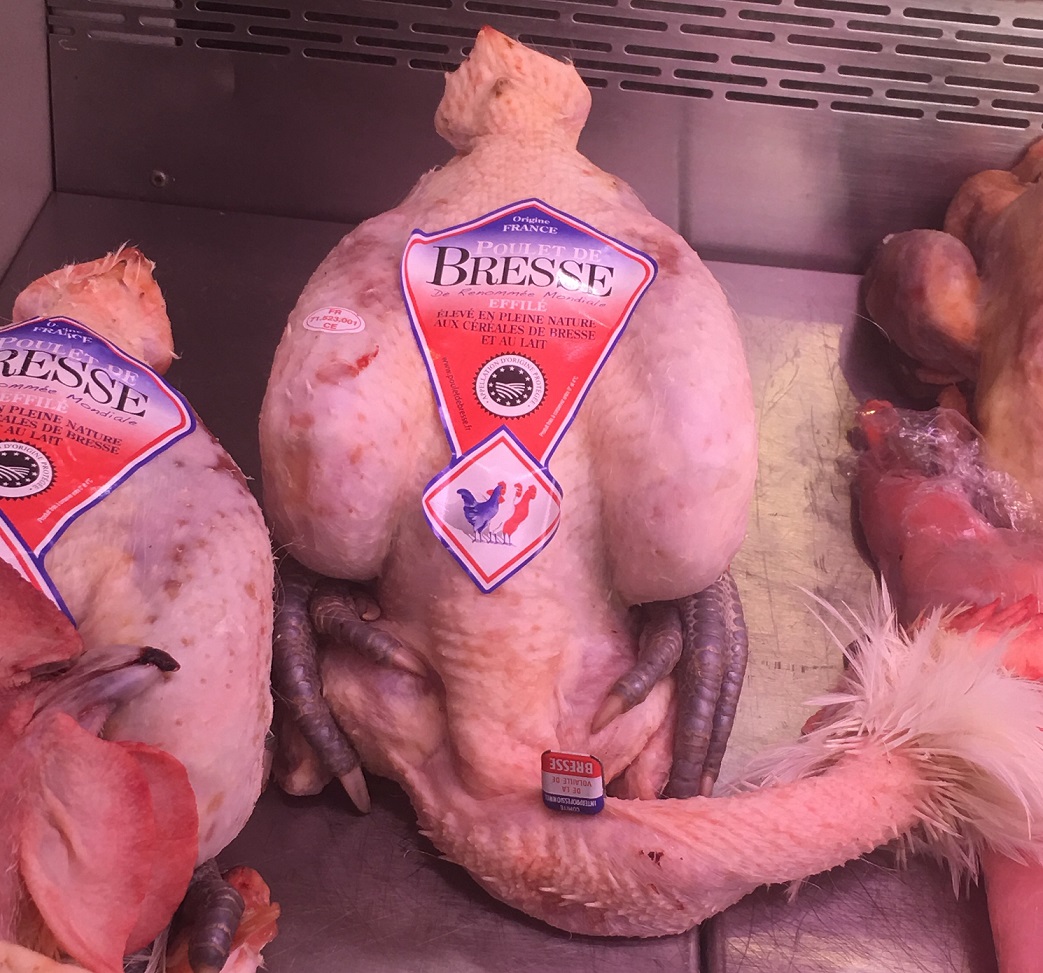
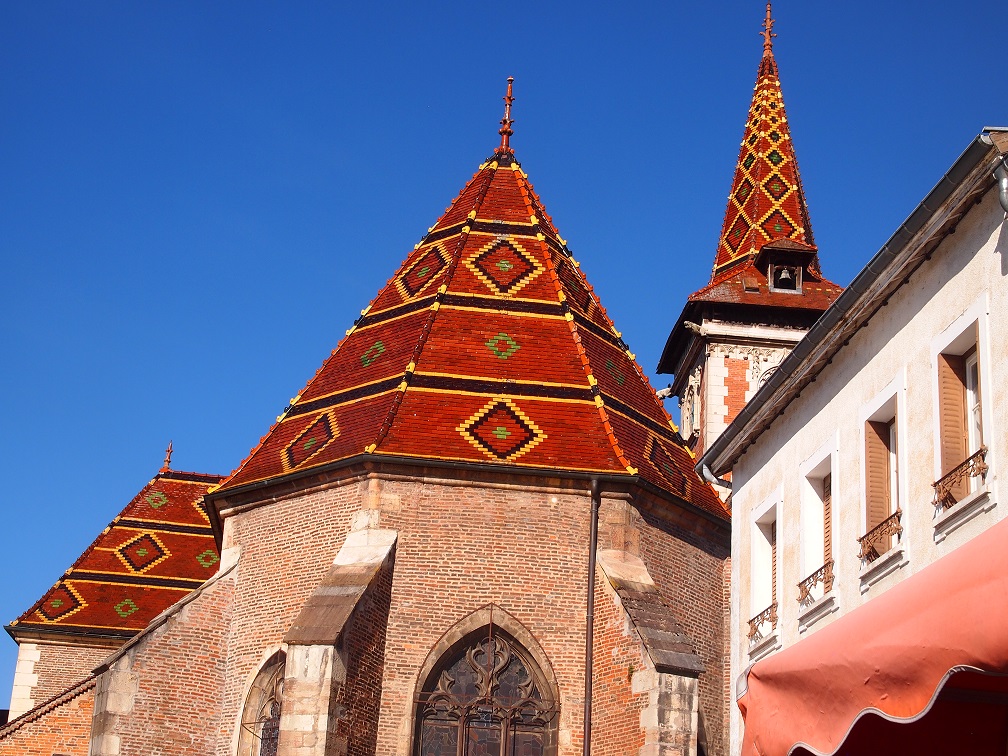


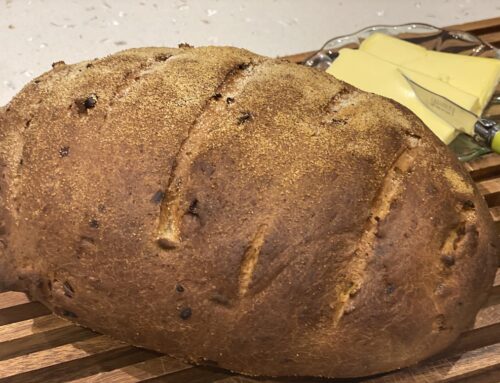
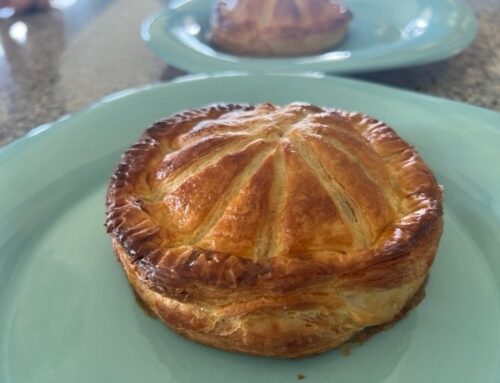
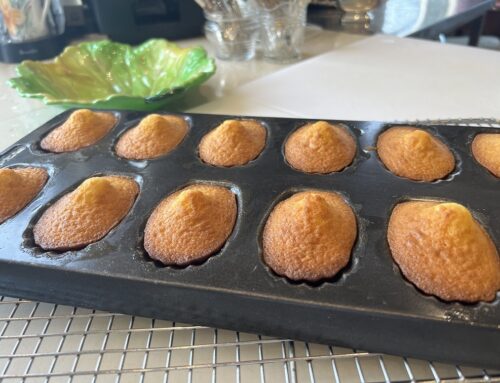
[…] is the home of volaille de Bresse, the Prince of Poultry, Chicken aristocracy! To read more about Bressan chickens, what makes them so special and their AOC and AOP accreditations, stipulating exactly the […]